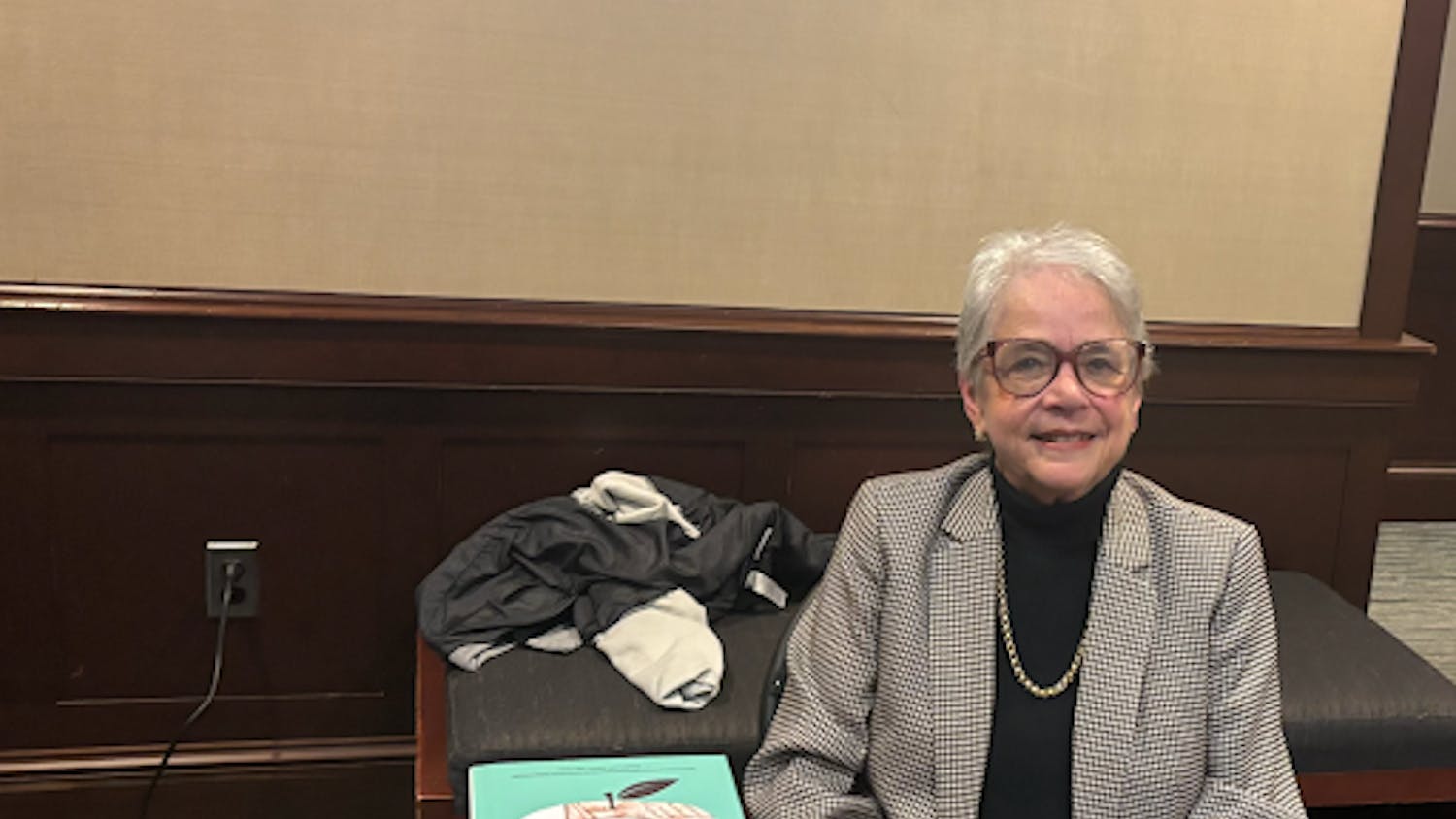Lee Clarke, author of the book "Worst Cases: Terror and Catastrophe in the Popular Imagination," came to speak at the College on Oct. 19 about terrorism, accidents and natural disasters.
"Everybody always tells me that my material is too depressing," Clarke said, "so I thought that I'd begin with something a little less grim." He then showed his first slide, a picture of a daisy. Wry humor was a key part of the lecture, as Clarke juxtaposed scenes of destruction with humor in order to lighten his subject matter.
According to Clarke, there are two schools of thought for disaster: "possibilistic" and "probabilistic." Possibilistic thinkers look at the worst possibilities for every situation, while probabilistic thinkers look at the statistical chances for every situation.
Clarke encourages a healthy mixture of both, stating that statistically, most people die in their homes, but the possibilities of what could happen outside should not stop a person from leaving his or her house.
Clarke presented a variety of disaster-caliber incidents, such as the Tunguska Event. The event took place in 1908, when there was a 15-megaton explosion over the Tunguska River in Siberia. Most scientists believe a meteor caused the explosion, though it was never conclusively explained.
Clarke said that it would be just as possible for a meteor of this magnitude, a thousand times more powerful than the atomic bomb dropped on Hiroshima, to land in Manhattan or any other large city.
He also explained more mundane statistics, such as the number of accidents and deaths that take place in cars compared to airplanes each year. According to his statistics, 36,000 people die in car accidents every year, compared with 92 people in plane crashes. However, there are 3.4 million car accidents every year compared to 50 plane crashes. Mathematically, you are 184 times as likely to die in a plane crash than in a car crash.
According to Clarke, the possibility of such accidents does not mean that people should live in fear all over the world. He pointed out that he lives up to his principle of not fearing disaster by living in a house in the 50-mile peak-injury zone surrounding the Indian Point nuclear power plant.
Clarke also explained that the number of people killed in a disaster isn't always the most important factor. "It was a national disaster when the Challenger exploded, and only seven people died," he said.
When asked what he thinks that the worst-case scenario was for any disaster, he said, "It is a sensible question, but I can't give a sensible answer." Perhaps he will provide an answer in his book, which is coming out in November.






